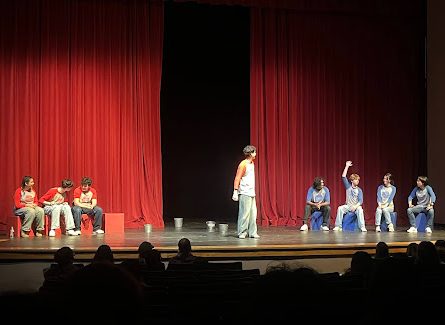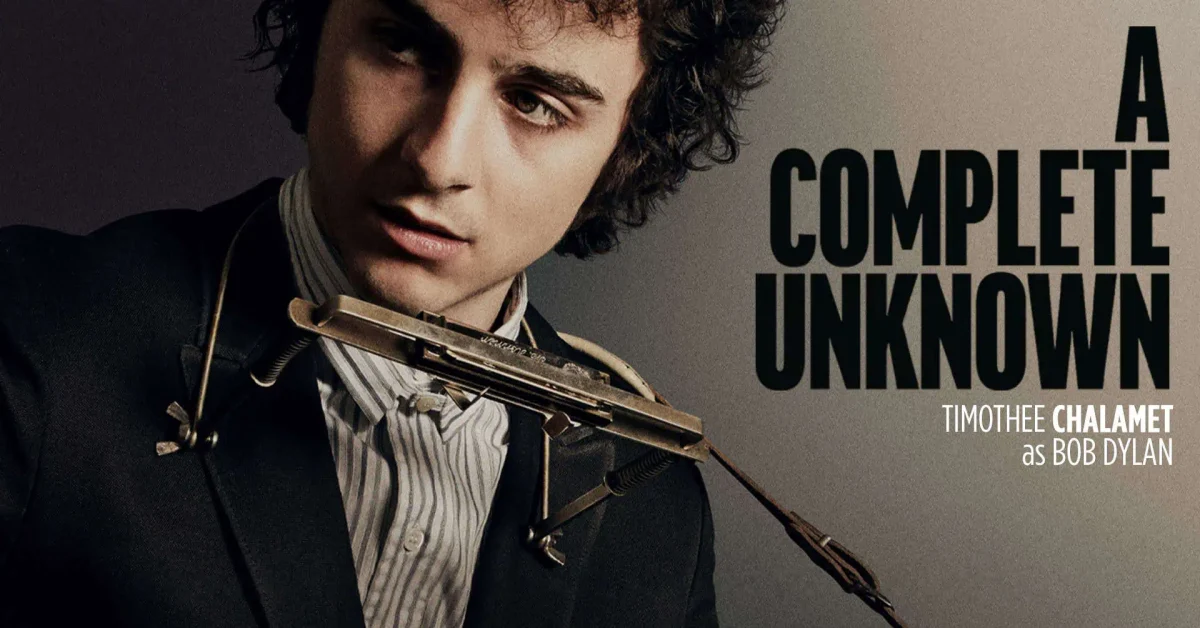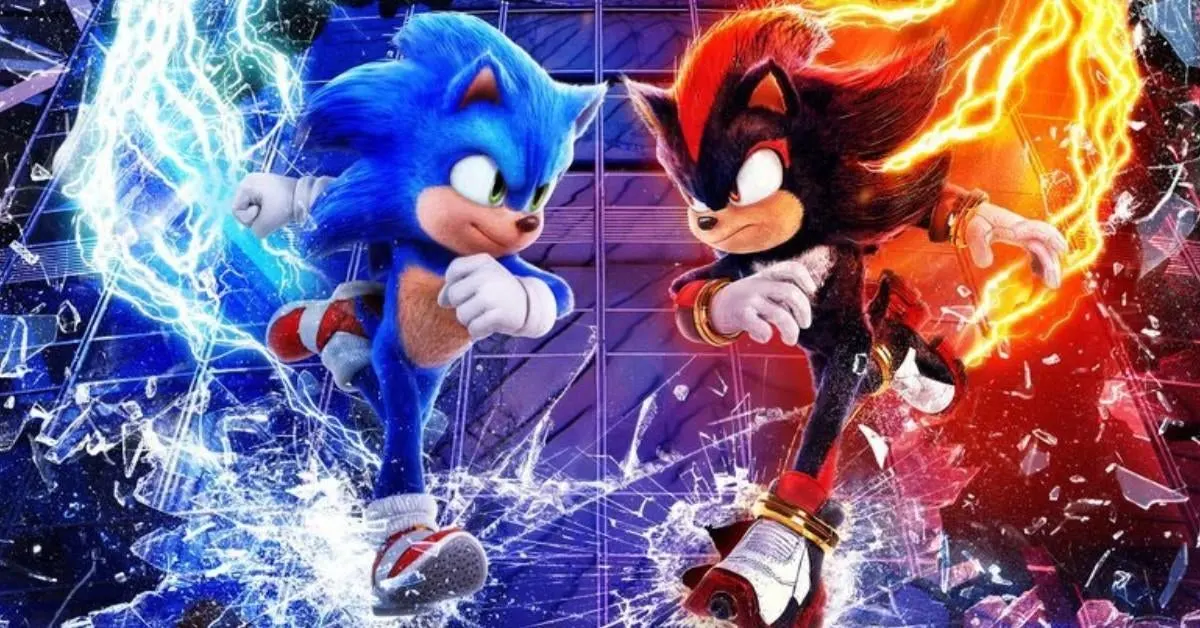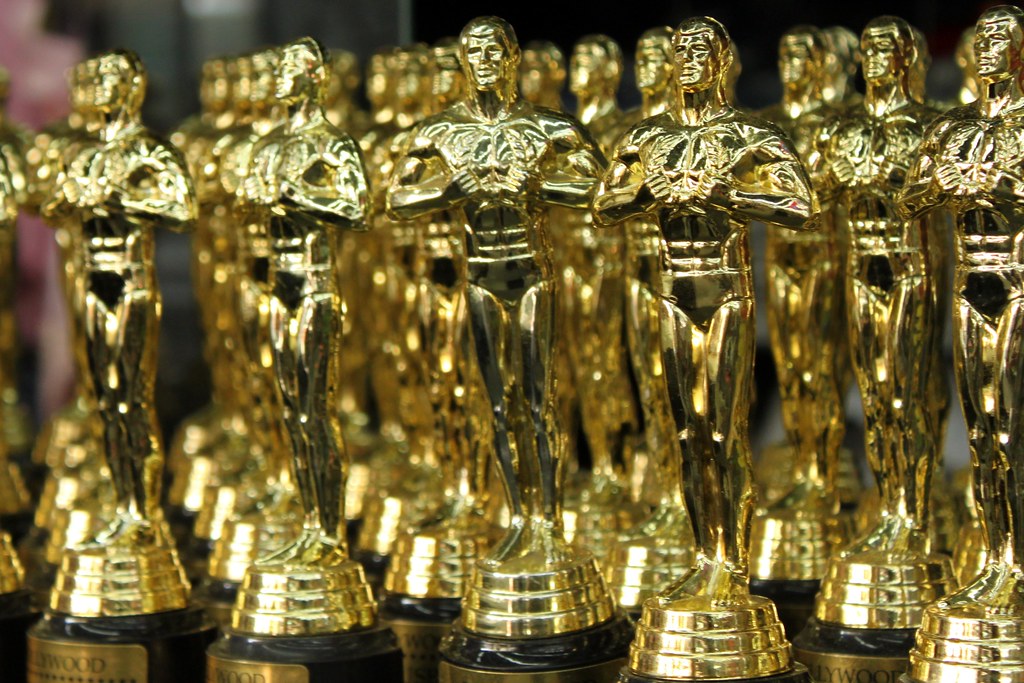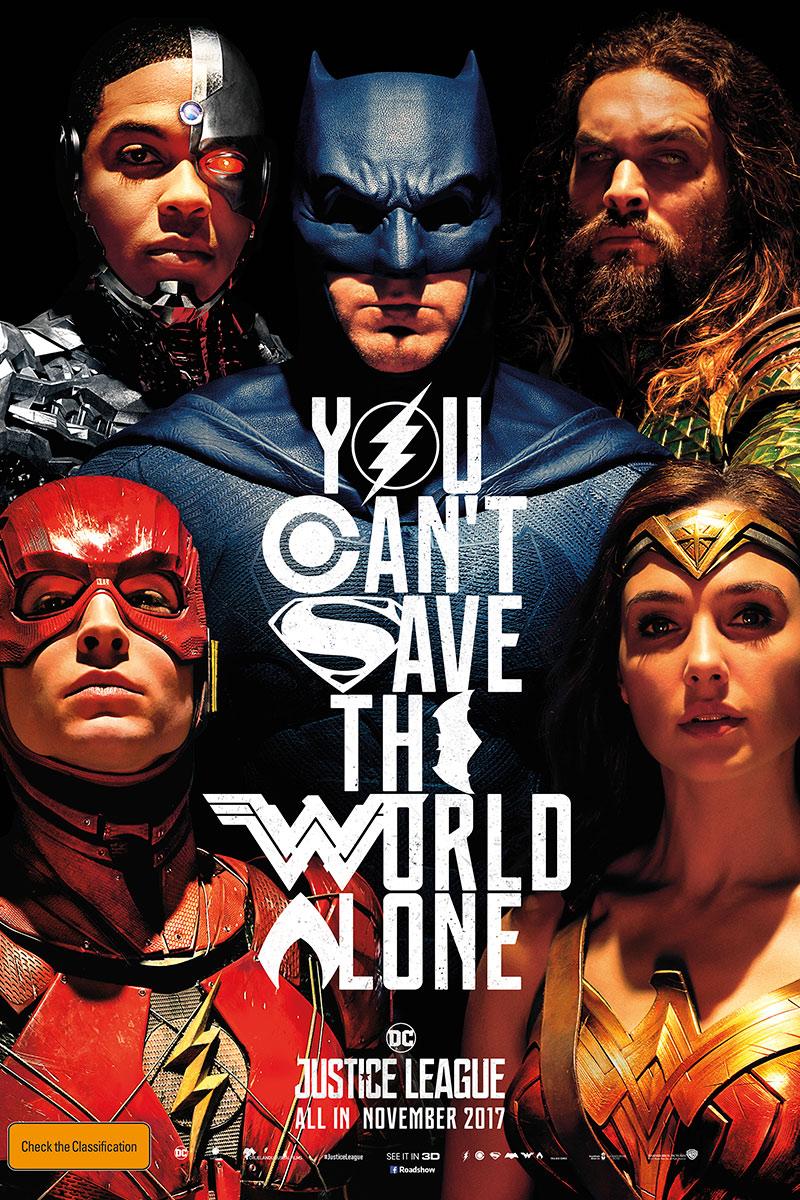
By JUN YUN
Staff Writer
Justice League is another culminating all-star superhero story, the fifth installment of the DC Extended Universe. The film details a superhero team of Batman, Wonder Woman, the Flash, Aquaman and Cyborg, which forms to save the planet from a catastrophic threat.
Justice League begins in a world that mourns the death of Superman. Amidst the world’s depleted hope and inspiration, the Justice League is formed to defend civilians and essentially serve in lieu of Superman. The majority of the film’s action sequences are average, and the characters are not maximized in regards to their individual charms. I did find the movie rather entertaining because of the light-mood and casual pacing of the storyline. The most glaring issue, however, is the lack of cohesion between scenes, underdeveloped villain and shallow plotline.
This film is interesting in that the original director, Zack Snyder, left the project in May of 2017, after the death of his daughter. Joss Whedon, the screenplay writer, orchestrated the remainder of the film, including the extensive re-shoots and other additional scenes. Unfortunately, the reshoot scenes are distinctly recognizable and sharply interrupt the flow of the storyline. For instance, there is one particular scene in which the Flash and Cyborg attempt to dig one’s grave; the scene is awkwardly placed and fragments the otherwise solid transitions in the majority of the film. Several of the reshoots clearly detract from the film’s emphasis on a clean, simple and compact storyline.
As an ensemble superhero film, a solid portion of Justice League is dedicated to uniting the newest cast members. Despite such efforts, the introductions of new heroes like the Flash, Aquaman and Cyborg are hasty and incomplete. Possibly in an attempt to create a more casual, light-hearted mood, the directors hurried the telling of the characters’ backstories; the unfortunate result is a rushed plotline and a lack of quality chemistry amongst the protagonists. The superheroes seem to be thrust into the action sequences without much thought and development as to their true intentions. This takes away from emotionally conveying the characters’ thoughts and interpersonal relations.
The character I truly could not fully understand was Steppenwolf, the primary villain. The lack of development of his character led to a rather flawed plotline. Firstly, Steppenwolf’s unrefined CGI was unintimidating and not very vengeful. This made for a villain that failed to significantly impact the protagonists’ actions nor the shape of the plot. Essentially, the main villain carried too little weight and influence to be considered a “threat.” The audiences are not given the time necessary to understand Steppenwolf’s motives, besides a quick montage that underlined his history. The lack of character development with the villains made the film very generic; there were no memorable moments of dialogue amongst any characters, besides a couple humorous and fun lines for effect.
Justice League, in comparison to its predecessors and competitors, struggled in the box office only making $93 million on its opening weekend. In an attempt to recover from the mistakes of Batman v. Superman: Dawn of Justice, this film does not succeed in creating a model for future DC franchises. The emphasis on humor and lightheartedness was well-intended, but was not powerful enough to compensate for the other foibles of the film.



